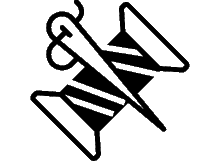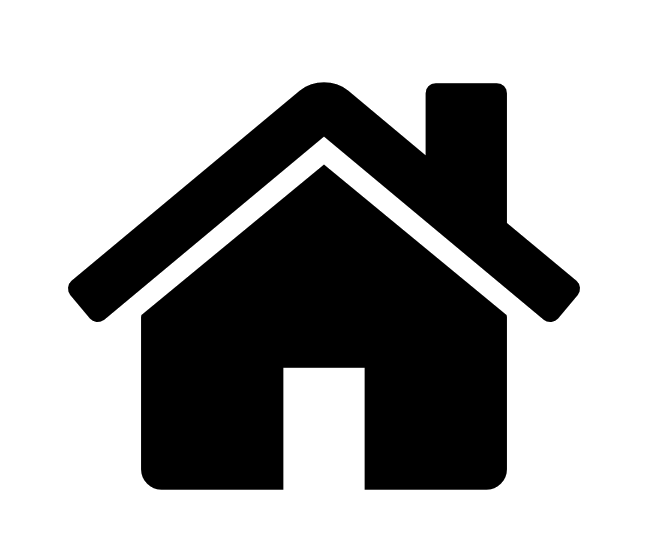| Nasa’s supersonic passenger plane makes first flight Posted by matth1j at 08:18, 29th October 2025 |     |
Telegraph; includes short video of takeoff: https://www.telegraph.co.uk/gift/d65a538d8f109d36 (spot the typos in the drawing dimensions
 )
) EDIT sorry - just spotted the top level "All across the Great Western territory" category; should this go somewhere else?
Passengers are one step closer to flying supersonic for the first time since Concorde’s retirement after Nasa took its “sonic thump” plane for its first test flight.
The X-59 took off on its maiden flight on Tuesday morning, flying in an oval “racetrack” pattern over Edwards Air Force Base in California before landing at the facility.
Although it is capable of flying at 925mph, or 1.4 times the speed of sound, it stayed around the 240mph mark on the hour-long flight. Future tests will see it break subsonic boundaries.
The plane is capable of breaking the speed of sound without producing a loud sonic boom, instead producing a muffled “sonic thump”.
The aircraft left Palmdale Regional Airport in California shortly after 10am local time on Tuesday morning. Thousands of people followed its progress via online flight trackers.
The X-59 only has one seat and is not intended as a prototype for commercial airliners, but will be used to collect data to develop a supersonic passenger aircraft.
Commercial aircraft have been banned from breaking the sound barrier since 1973, after residents filed thousands of complaints in response to sonic boom tests conducted over Oklahoma City. Donald Trump this summer issued an executive order to repeal the rule.
The X-59, designed by Nasa and built by Lockheed Martin, is intended as the first step to allow travellers to travel at supersonic speeds across the US.
For decades, this has been restricted to military planes, and even then in rare circumstances.
The sleek aircraft, which measures just under 100ft, will eventually be flown above “select US communities to collect data from residents responding to the X-59’s sonic thump”.
On Tuesday’s flight, Nasa worked to gather data from the X-59’s engine response, aerodynamic handling, and air data systems, according to The Aviationist.
“We record 60 different streams of data with over 20,000 parameters on board,” said Shedrick Bessent, a Nasa engineer. “Before we even take off, it’s reassuring to know the system has already seen more than 200 days of work.”
A commercial aircraft matching the X-59’s speeds could, in theory, cover a distance of New York to Los Angeles in under three hours. Currently, commercial flights take around double that time.
Likewise, a transatlantic flight from Washington, DC to London could be completed in around four hours, rather than seven hours.
Concorde, which could travel at 1,354mph, or more than twice the speed of sound, was retired in 2003.
In June, Mr Trump repealed the ban on supersonic travel over the US, declaring advancements in “noise reduction” made flights “safe, sustainable, and commercially viable”.
“For more than 50 years, outdated and overly restrictive regulations have grounded the promise of supersonic flight over land, stifling American ingenuity... and ceding leadership to foreign adversaries,” the US president said.
The X-59 took off on its maiden flight on Tuesday morning, flying in an oval “racetrack” pattern over Edwards Air Force Base in California before landing at the facility.
Although it is capable of flying at 925mph, or 1.4 times the speed of sound, it stayed around the 240mph mark on the hour-long flight. Future tests will see it break subsonic boundaries.
The plane is capable of breaking the speed of sound without producing a loud sonic boom, instead producing a muffled “sonic thump”.
The aircraft left Palmdale Regional Airport in California shortly after 10am local time on Tuesday morning. Thousands of people followed its progress via online flight trackers.
The X-59 only has one seat and is not intended as a prototype for commercial airliners, but will be used to collect data to develop a supersonic passenger aircraft.
Commercial aircraft have been banned from breaking the sound barrier since 1973, after residents filed thousands of complaints in response to sonic boom tests conducted over Oklahoma City. Donald Trump this summer issued an executive order to repeal the rule.
The X-59, designed by Nasa and built by Lockheed Martin, is intended as the first step to allow travellers to travel at supersonic speeds across the US.
For decades, this has been restricted to military planes, and even then in rare circumstances.
The sleek aircraft, which measures just under 100ft, will eventually be flown above “select US communities to collect data from residents responding to the X-59’s sonic thump”.
On Tuesday’s flight, Nasa worked to gather data from the X-59’s engine response, aerodynamic handling, and air data systems, according to The Aviationist.
“We record 60 different streams of data with over 20,000 parameters on board,” said Shedrick Bessent, a Nasa engineer. “Before we even take off, it’s reassuring to know the system has already seen more than 200 days of work.”
A commercial aircraft matching the X-59’s speeds could, in theory, cover a distance of New York to Los Angeles in under three hours. Currently, commercial flights take around double that time.
Likewise, a transatlantic flight from Washington, DC to London could be completed in around four hours, rather than seven hours.
Concorde, which could travel at 1,354mph, or more than twice the speed of sound, was retired in 2003.
In June, Mr Trump repealed the ban on supersonic travel over the US, declaring advancements in “noise reduction” made flights “safe, sustainable, and commercially viable”.
“For more than 50 years, outdated and overly restrictive regulations have grounded the promise of supersonic flight over land, stifling American ingenuity... and ceding leadership to foreign adversaries,” the US president said.










